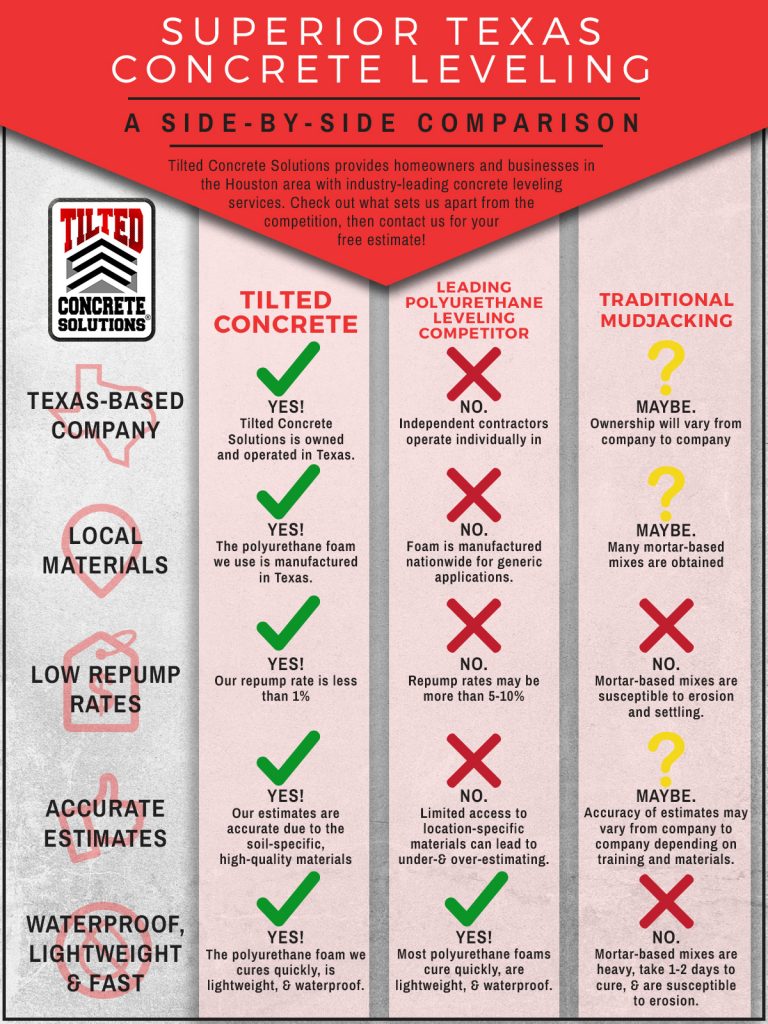Discover The Influence Of Seasonal Elements On The Performance Of Business Exterior Paint And Identify The Ideal Times To Attain Enduring Outcomes For Your Task
Discover The Influence Of Seasonal Elements On The Performance Of Business Exterior Paint And Identify The Ideal Times To Attain Enduring Outcomes For Your Task
Blog Article
Published By-Leach Celik
When you're planning a business outside painting project, seasonal aspects can make or break your results. You'll want to consider how temperature and humidity effect paint application and drying times. Selecting the right season can ensure your paint adheres effectively and lasts longer. However which periods are truly the very best for this type of work? Allow's explore the key elements that can affect your job's success.
The Influence of Temperature Level on Paint Application
When you're intending a commercial external painting project, the temperature level can substantially affect how well the paint sticks and dries.
Preferably, you intend to repaint when temperature levels vary in between 50 ° F and 85 ° F. If it's as well cool, the paint might not treat appropriately, resulting in concerns like peeling or splitting.
On the other hand, if it's as well warm, the paint can dry out too quickly, protecting against appropriate adhesion and resulting in an uneven coating.
You ought to also think about the time of day; early morning or late afternoon uses cooler temperature levels, which can be extra desirable.
Always check the producer's suggestions for the specific paint you're using, as they commonly give support on the perfect temperature variety for ideal outcomes.
Moisture and Its Impact on Drying Times
Temperature isn't the only ecological factor that influences your commercial outside paint job; moisture plays a considerable duty as well. simply click the following website page can decrease drying out times considerably, affecting the overall quality of your paint work.
When the air is saturated with wetness, the paint takes longer to heal, which can lead to issues like inadequate adhesion and a higher threat of mildew growth. If you're painting on a specifically damp day, be prepared for extensive wait times in between layers.
It's crucial to keep track of local weather and plan appropriately. Preferably, go for humidity levels in between 40% and 70% for ideal drying.
Maintaining these consider mind ensures your job remains on track and supplies a lasting finish.
Best Seasons for Commercial Outside Paint Projects
What's the best time of year for your industrial outside paint projects?
Springtime and very early fall are generally your best bets. During these seasons, temperature levels are moderate, and humidity levels are usually reduced, creating excellent conditions for paint application and drying.
Avoid summer season's intense heat, which can trigger paint to dry too swiftly, causing inadequate bond and coating. In a similar way, winter's chilly temperature levels can hinder correct drying and healing, taking the chance of the durability of your paint task.
exterior painting st paul for days with temperatures in between 50 ° F and 85 ° F for optimal outcomes. multifamily painters in mind to examine the local weather report for rainfall, as wet conditions can wreck your task.
Preparation around these factors ensures your paint job runs smoothly and lasts much longer.
Final thought
To conclude, preparing your business outside painting jobs around seasonal considerations can make a significant difference in the result. By scheduling job during the ideal temperature levels and humidity degrees, you'll make certain better attachment and drying out times. Remember to watch on regional weather forecasts and choose the correct time of year-- spring and early fall are your best bets. Taking these steps will aid you achieve a long lasting and specialist coating that lasts.
